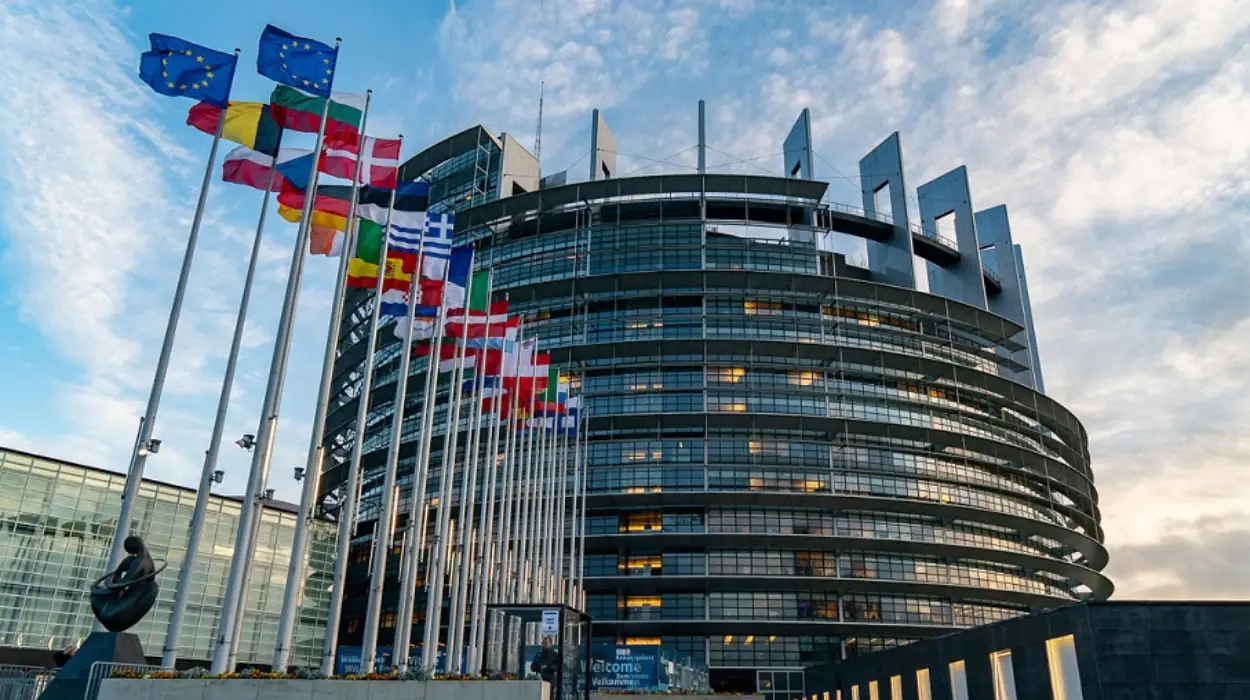Strasbourg (Brussels Morning Newspaper) – The EU Parliament approved new environmental targets for 2024-2029, aiming for enhanced sustainability and reduced ecological footprint.
The European Parliament’s Bureau, the body that handles decisions on matters concerning the institution’s internal organisation, approved a substantial increase in efforts to further decrease the Parliament’s ecological footprint. It revised its environmental policy and formed new environmental thresholds for the 2024-2029 term.
How will new environmental targets affect parliament’s sustainability efforts?
Building on a strong record of environmental measures, the European Parliament commits to further boost its sustainable development operationally. In his remarks, MEP Nicolae Ștefănuță, responsible for the EU Eco-Management and Audit Scheme (EMAS), commented on the Bureau’s decision, stating that the new environmental targets would enable the European Parliament to improve its environmental performance over the next five years.
He emphasized that integrating sustainability into Parliament’s activities was now essential for all planned projects, such as building renovation, increased digitalisation, and the promotion of greener transport options for members and staff. He added that this approach aimed to set a strong example of sustainability for all democratic institutions worldwide.
How does the European Parliament’s environmental performance enhance?
According to the EU Parliament, throughout the ninth legislative term, the Parliament’s environmental performance demonstrated to be very solid. Greenhouse gas emissions have decreased by 47% between 2006 and 2023. Energy consumption was reduced by 53% compared to 2012 (in kWh per m²) and water consumption was reduced by 44%. The solar panel installations extended.
Moreover, energy efficiency was enhanced and the generation of renewable energy grew. Parliament also decreased the amount of food waste in kg per meal fitted by 59% compared to 2016 and non-recycled waste (kg per FTE) was decreased by 43%. The digitalisation of operations was accelerated, paper consumption was decreased by 61% compared to the average for the 2010-2014 period and endeavours to reduce the digital carbon footprint were undertaken.




